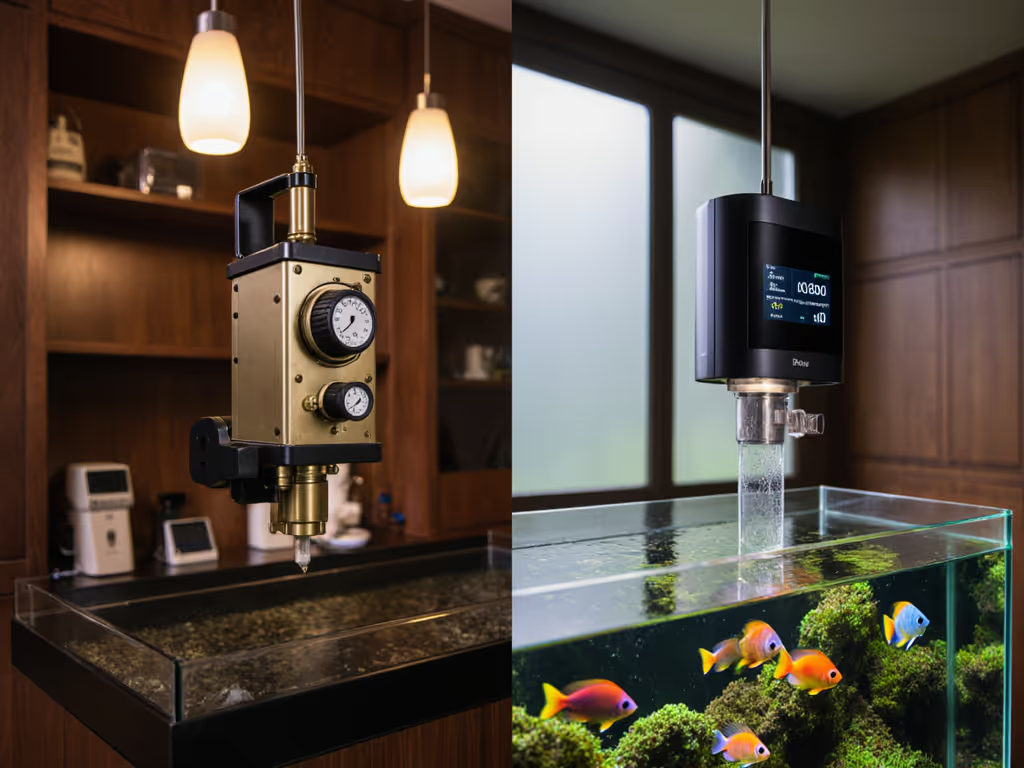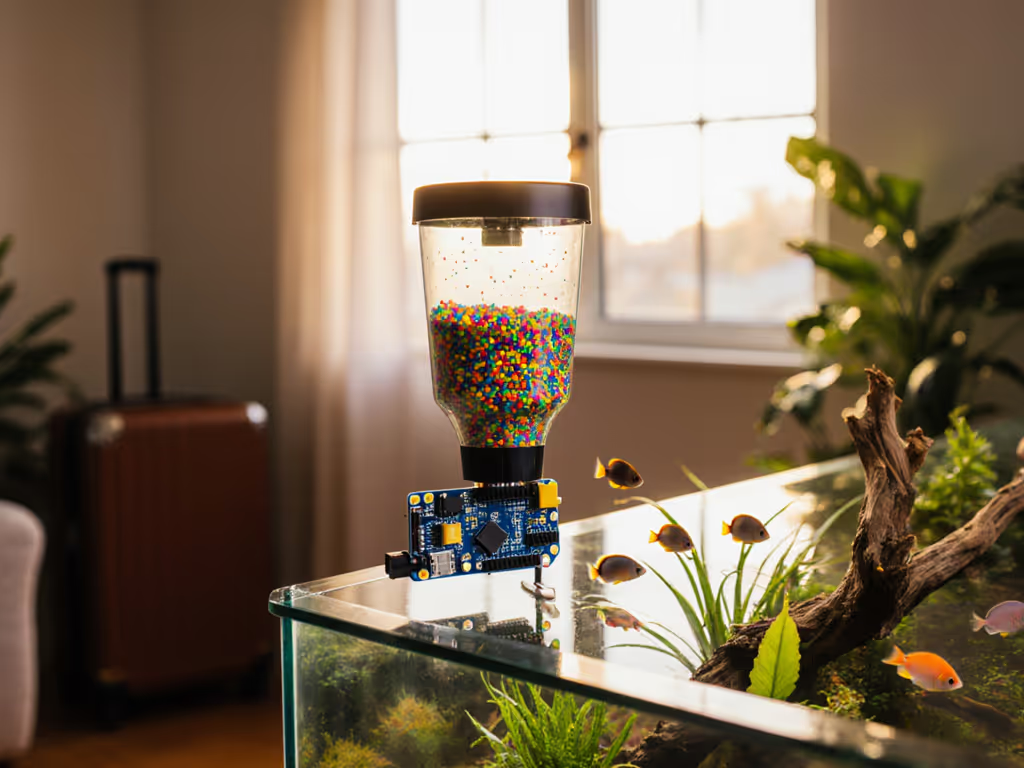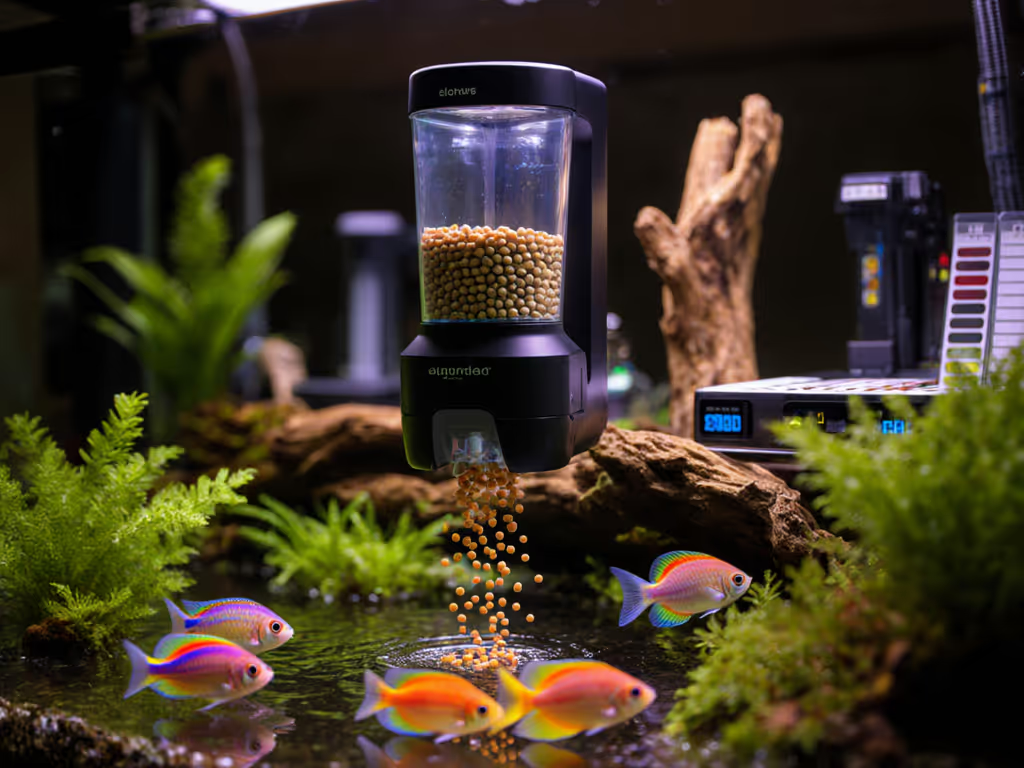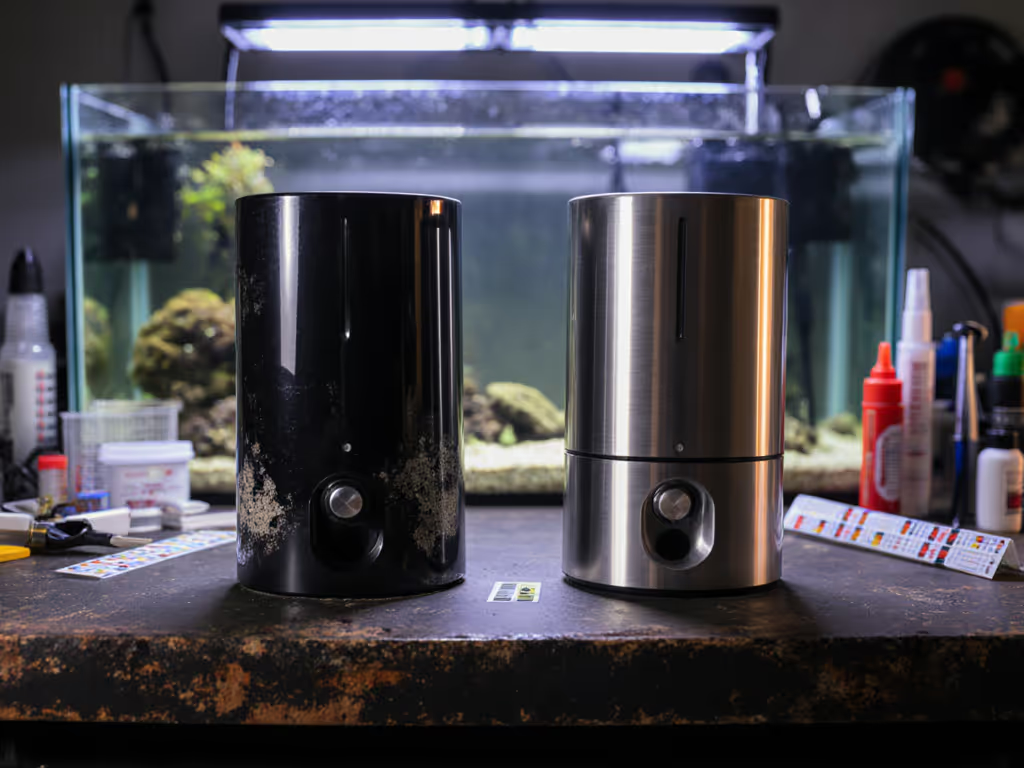
Fish Feeder Moisture Control: Fresh Food Happy Fish
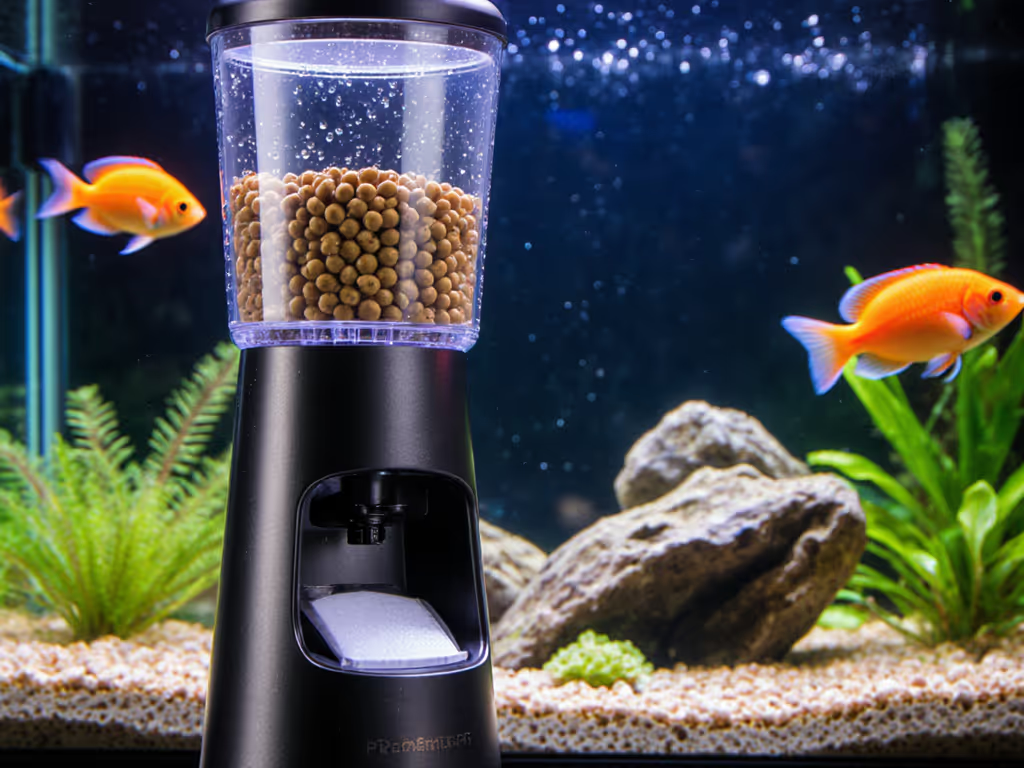
When discussing fish feeder moisture control, many aquarists overlook how crucial food preservation technology is to their aquarium's ecosystem. That crisp pellet your fish happily nibbles today could become a nutrient-leaching, bacteria-harboring clump tomorrow if moisture sneaks in. As someone who's taught hundreds of beginners through local aquarium clubs, I've seen how moisture damage silently undermines even the most carefully planned feeding routines. The truth is simple: fresh food equals thriving fish, and moisture control is the unsung hero of consistent aquarium health. Let’s explore how humidity-proof feeders transform your daily routine from stress to success.
Pause, watch, then adjust. This isn't just advice, it is the rhythm of a healthy aquarium.
Why Moisture Control Matters Most
You've probably noticed cloudy water or algae blooms after returning from vacation, mistakenly blaming your automatic feeder. Planning trips? See our vacation feeder comparison for moisture-safe portioning strategies. But what if the culprit isn't the device itself, but moisture compromised food? When fish food absorbs ambient humidity, it swells, loses nutritional value, and breaks down prematurely in water. This "invisible spoilage" creates two critical problems: wasted nutrients your fish never receive, and excess dissolved organics that fuel algae and ammonia spikes.
Consider this industry insight: moisture-damaged pellets can lose up to 30% of their vitamin content within 48 hours, a fact confirmed by recent aquaculture research. That vibrant color you're trying to enhance in your discus? It's literally dissolving before their eyes. Proper moisture prevention mechanisms don't just preserve food; they preserve your fish's vitality. Remember my neighbor's story about the child who cried when her guppies disappeared in cloudy water? The real issue wasn't love, it was overfeeding with degraded food. Sometimes restraint becomes care.

The Silent Spoiler: How Humidity Damages Food
The Science of Stale Food
Humidity attacks fish food through three invisible pathways:
- Oxidation: Moisture accelerates fat breakdown, turning essential omega-3s rancid
- Leaching: Water-soluble vitamins (like C and B-complex) dissolve before reaching fish
- Caking: Clumped food either jams feeders or creates uneven portions
Real Tank Consequences
When compromised food enters your aquarium, you'll notice:
- Increased biofilm on decorations
- Fish picking at food then swimming away
- Cloudy water within hours of feeding
- Unexplained pH fluctuations
These aren't "mystery tank issues," they are direct results of poor automatic feeder food freshness. The solution starts with understanding how moisture enters your feeder: through condensation during temperature shifts, airborne humidity in tropical environments, or improper sealing during refills.
Design Features That Guard Your Food
What Truly Works
Not all "moisture-proof" claims deliver. Look for these proven humidity-resistant feeder design elements:
- Double-wall hoppers with air gaps (like surgical-grade stainless models)
- Desiccant compartments that actively pull moisture from storage areas
- One-way airflow systems that prevent condensation buildup
- Material science using hydrophobic polymers that repel moisture
Take feeders with built-in airflow channels; that quiet hum you hear isn't just mechanics, it is your food staying dry, like the Eheim Feed-Air's ventilation system that maintains crisp flakes for weeks.
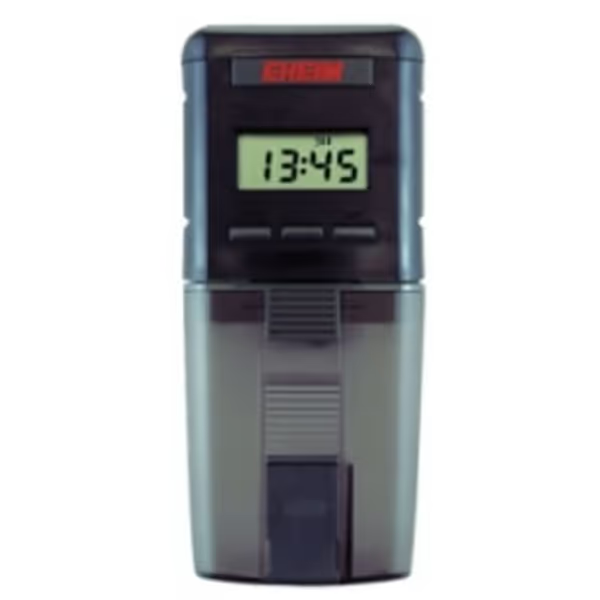
Eheim Feed-Air Fish Feeder Everyday Unit
This isn't about fancy tech, it is about creating micro-environments where food stays as fresh as the day you opened the bag.
DIY Checks You Can Perform
Test your current feeder with this simple ritual:
- Fill it completely on a humid day
- Check food texture after 72 hours
- Observe dissolution speed during first feeding
If pellets stick together or cloud water immediately, your moisture prevention mechanisms need upgrading. Start small (replace one component at a time) while observing fish behavior.
Beyond Nutrition: Ripple Effects on Your Tank
Moisture-compromised food creates system-wide consequences often mistaken for other issues:
- Water clarity problems that require extra maintenance
- Nutritional deficiencies masked as disease symptoms
- Feeder malfunctions blamed on "mechanical failure" when it's actually caked food
A recent study showed tanks using properly preserved food required 22% fewer water changes while maintaining superior water parameters. If your feeder is jamming or dispensing inconsistently, use our feeder troubleshooting guide to pinpoint moisture-related causes. This is no coincidence, it is physics. When food stays dry until release, it dissolves predictably, matching your fish's consumption rate. Your fish food quality maintenance directly impacts the entire ecosystem's stability.
Your Simple Action Plan
Daily Habits That Make the Difference
- Refill mindfully - Add food during your aquarium's coolest hours (early morning)
- Wipe seals with a microfiber cloth before closing the hopper
- Store backup food in refrigerator-grade containers
Monthly Maintenance Checklist
- Replace desiccant packs even if "still blue"
- Run a dry cycle through feeding tubes For mold prevention and stronger moisture control, follow our feeder deep-clean routine.
- Check for condensation in feeder chambers
Observation isn't passive, it is your most powerful tool. When you see fish actively consuming food rather than spitting it out, that's moisture control working.
Remember the child who cried when her guppies vanished? We restored clarity not through complex chemistry, but by ensuring food stayed fresh. Her family learned that restraint (through proper moisture management) becomes the deepest form of care. Start small, observe closely, let the fish teach you.
Conclusion: Your Path to Confident Feeding
True aquarium mastery isn't about owning the most expensive gear, it is understanding how fundamental elements like fish feeder moisture control create ripple effects throughout your ecosystem. When you prioritize food preservation technology, you're not just protecting pellets; you're safeguarding water quality, enhancing nutrition, and reducing stress for both fish and keeper.
Ready to deepen your understanding? Explore our beginner clinic's "Feeding Foundations" module where we demonstrate moisture tests with common household items. You'll learn to spot early signs of food degradation and match feeder features to your specific tank environment. Because in the end, the healthiest aquariums aren't built on assumptions; they are cultivated through observation-led, humidity-aware routines that let both fish and keeper thrive.

